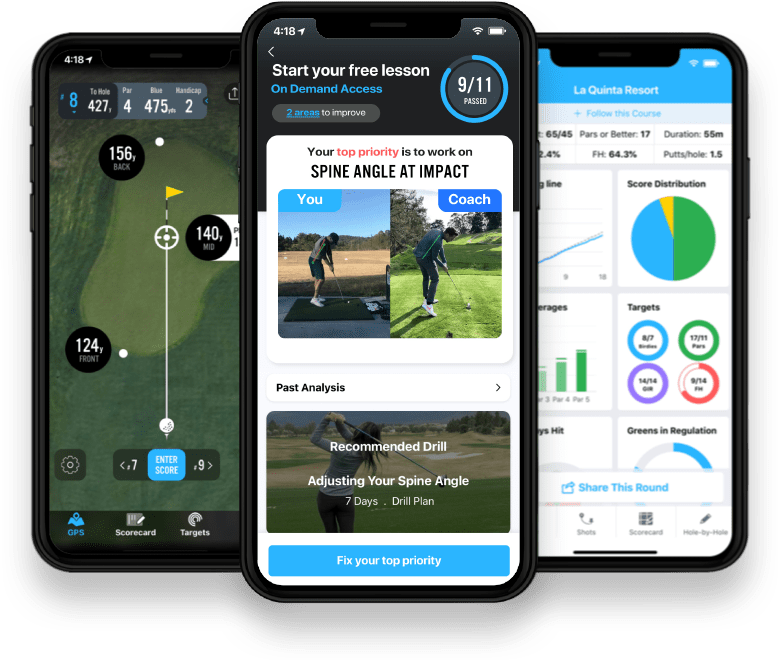We’ve all read the stories about how golf is losing ground with millennials. These pieces often paint a scary picture of the sport’s future, but is that narrative really justified? According to a study published last year by the National Golf Foundation, the sport has a “far more active and committed base of millennial participants than it’s given credit for.”
It turns out that golf’s younger generations just like to do things a bit differently. For that reason, the sport will likely see some pretty major changes over the next five years, starting with an attitude adjustment.
As much as it may pain purists to hear this, some clubs have successfully attracted first-time golfers by offering altered or paired down versions of the game. Ballantrae Golf Club in Pelham, Alabama, for example, offers a $16, six-hole round on weekday evenings. It’s a great option for people who want to sneak in an outing after work, and more importantly, a perfect fit for the one-quarter of millennial golfers who prefer not to score their rounds.
Footgolf is another trend that’s quickly sweeping the country. According to the Chicago Tribune, 480 courses in 48 states have already opted to piggyback off the growing popularity of soccer by offering footgolf. The game is pretty self-explanatory: Players kick their soccer-sized ball down the fairway and eventually into a large hole. Obviously it’s not the same thing as golf, but footgolf has been a financial boon for some clubs and it’s also helped get future golfers onto the course for the first time.
Many of the changes that clubs are making to attract millennials are less extreme than six-hole rounds, let alone footgolf. Simple rule modifications like allowing players to wear gym shoes or charging by the hour instead of the round can also go a long way. Some of these are sure to become ubiquitous in the next five years.
Technology is also likely to alter the golf landscape over the coming years. Wearable gadgets, for example, have already started to have an impact. Products like Game Golf, which President Obama was spotted using at a course in Martha’s Vineyard last year, are becoming increasingly accessible. These devices, which can analyze your swing, measure your distance and monitor your posture, will add another dimension to the game moving forward.
Plus, it’s no secret that millennials love technology, but some might be surprised to hear that their social lives extend beyond their smartphones. Apps like 18Birdies have already started to enhance the social aspects of golf by allowing users to not only track their rounds, but also compete against their friends in custom tournaments and connect with other golf lovers through interactive live feeds. Five years from now, nearly everyone on the course will be using a mobile device to analyze their game, engage with their friends or track their performance in some way.
Technology might help grow the game in other ways, as well. At last month’s Masters, normally reserved golf journalist, John Garitty, tested out a new program from NEXT VR, which basically streamed real-time action from the 6th hole at Augusta through a virtual reality headset. Garrity called it a “mind-blowing, are-you-kidding-me, WTF exhibition of a live-streaming technology that is about to change your life.” That may sound like an exaggeration, but who wouldn’t want a prime spot on the green when Jordan or Rickie are lining up for a birdie putt?
Last but not least, professional surfer Laird Hamilton and his friends are aiming to change the way we get around the golf course. They developed the GolfBoard, which is like a motorized skateboard with a stand to attach your bag to. GolfBoards not only reduce the amount of time it takes to play a round of golf, but they also add a fun, new element to the game.
 Try for Free
Try for Free
